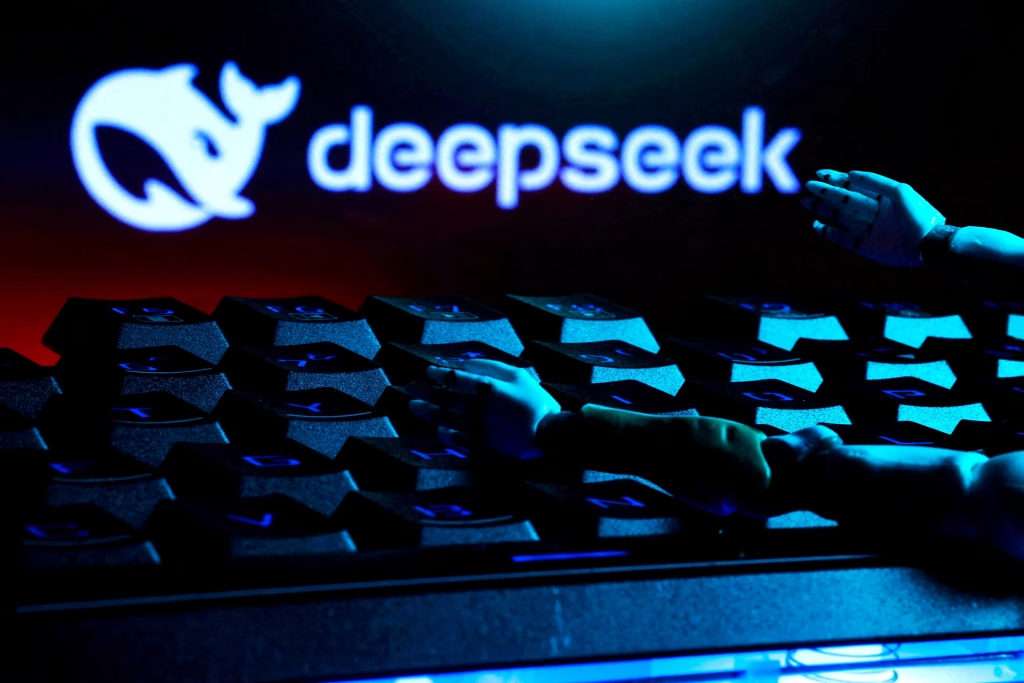When your teacher claims you used AI to write your essay—even when you know you didn’t—it can be both frustrating and confusing. If an AI detector mistakenly flagged your work, you’re not alone. Let’s explore how you can address this issue, prove your authenticity, and navigate the situation with confidence.
Introduction
Facing an accusation that your work was written by AI is stressful. In today’s digital age, AI detectors are widely used in academic settings, yet they aren’t perfect. This article will help you understand how these tools work, why they sometimes misfire, and what steps you can take to prove your essay is authentically yours.
Understanding the Issue
What Are AI Detectors?
AI detectors analyze text patterns, vocabulary usage, and sentence structure to determine if content might be generated by artificial intelligence. They are tools meant to uphold academic integrity but can occasionally misidentify genuine human writing.
Common False Positives
Why AI Detectors Misfire
AI detectors sometimes rely on algorithms that are overly cautious. They may flag work that contains polished language, structured argumentation, or even creative phrasing—features common in well-written essays.
Examples in Academia
Numerous students have reported false positives where essays written with care and multiple revisions are mistakenly identified as AI-generated. These cases highlight the limitations of current detection technologies.
Personal Experience
The Accusation
Imagine spending hours researching, drafting, and revising your essay only to be accused of academic dishonesty. The shock and disbelief can be overwhelming.
Your Reaction and Feelings
It’s normal to feel frustrated, misunderstood, and even defensive. Remember, many students have experienced similar situations, and there are constructive ways to address the issue.
Analyzing the Evidence
How AI Detectors Evaluate Text
AI detectors use statistical models that compare your text against known AI-generated patterns. They look at things like sentence structure, repetition, and complexity. However, these models sometimes mistake your genuine revisions and refinements for algorithmic output.
Limitations of Current AI Detection Tools
The technology behind AI detection is still evolving. Studies have shown that these tools can generate false positives, especially when evaluating creative or well-edited work. For a deeper dive into these limitations, check out this [academic overview on AI in education](https://www.edutopia.org/article/ai-academic-integrity, target=”_blank”).
Steps to Prove Your Work Is Authentic
Gathering Supporting Evidence
To counter the AI detector’s claims, compile evidence of your writing process. Consider including:
- Drafts and Revisions: Multiple versions of your essay that show progress.
- Research Notes: Handwritten or digital notes outlining your thought process.
- Revision History: Documented changes from early drafts to the final version.
Communicating with Your Teacher
Approach your teacher calmly and professionally:
- Explain the steps you took during the writing process.
- Present your evidence in a clear, organized manner.
- Ask for a discussion about the limitations of AI detectors and consider requesting a re-evaluation of your work.
Expert Opinions & Research
What Educators Say
Many educators recognize that AI detection tools, while useful, are not foolproof. They encourage open dialogue and understanding between students and faculty to address potential errors.
Studies on AI Detection
Recent academic research suggests that AI detectors can misinterpret highly refined human writing. These studies support the notion that a holistic view of a student’s work—beyond just the final text—is crucial. For more insights, visit [this educational research portal](https://www.theedadvocate.org, target=”_blank”).
Legal and Ethical Considerations
Your Rights as a Student
Remember, you have the right to fair treatment. If you’re wrongly accused:
- Familiarize yourself with your institution’s academic policies.
- Consider seeking advice from a student advocate or academic counselor.
- Request a transparent review process where your evidence is fairly considered.
Conclusion
Key Takeaways
- Understand the Tools: AI detectors are not infallible.
- Gather Evidence: Keep drafts, notes, and revision histories.
- Communicate Clearly: Address the issue calmly with your teacher.
- Know Your Rights: Familiarize yourself with academic policies and seek support when needed.
Final Advice
If you find yourself wrongly accused, use it as an opportunity to discuss the limitations of current technology and promote fair evaluation practices in academia. Have you ever experienced a similar situation? What steps did you take to resolve it? Your experience can help spark an important conversation.
FAQ Section
- Can AI detectors really misidentify human-written essays?
Yes, many AI detectors have limitations and can mistakenly flag genuine work as AI-generated. - What evidence can I provide to prove my essay is my own work?
Collect multiple drafts, research notes, and revision histories that demonstrate your writing process. - How should I approach my teacher if accused of using AI?
Stay calm, present your evidence clearly, and request a fair discussion about the limitations of the AI detection tool used. - Are there studies supporting the unreliability of AI detectors?
Yes, several academic studies have highlighted the high false positive rates of these tools, especially with well-edited essays. - What are my rights if I’m wrongly accused of academic dishonesty?
Familiarize yourself with your institution’s academic policies and consider seeking advice from a student advocate or counselor to ensure a fair review process.
By following these steps, you can confidently address the situation and demonstrate that your work is truly your own. Remember, effective communication and thorough evidence are key to resolving misunderstandings about AI-generated content. Happy writing and stay authentic!

